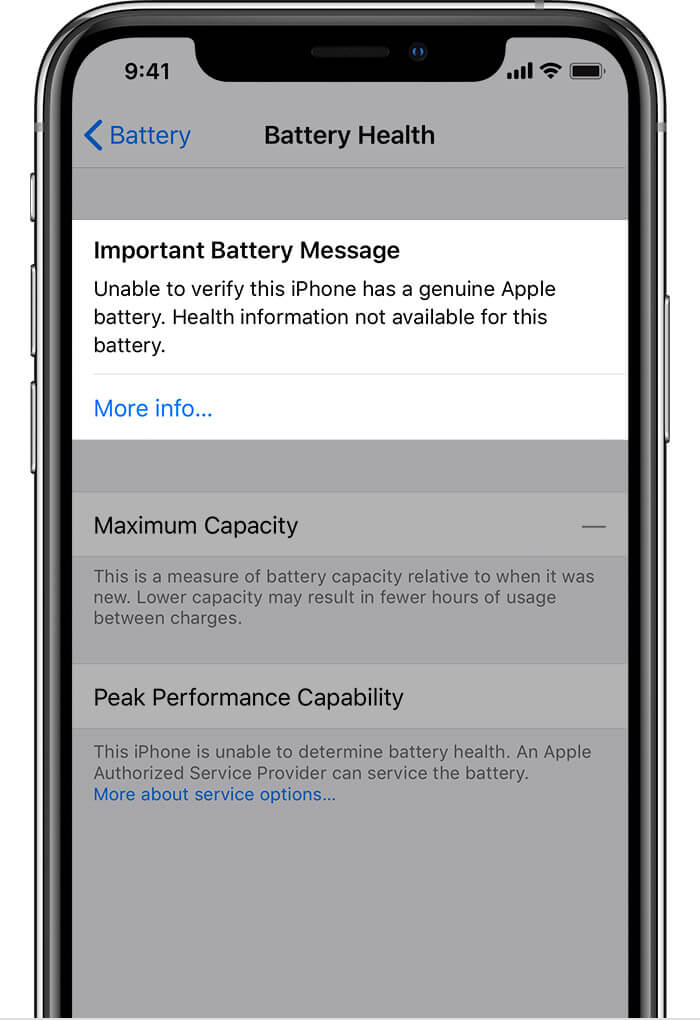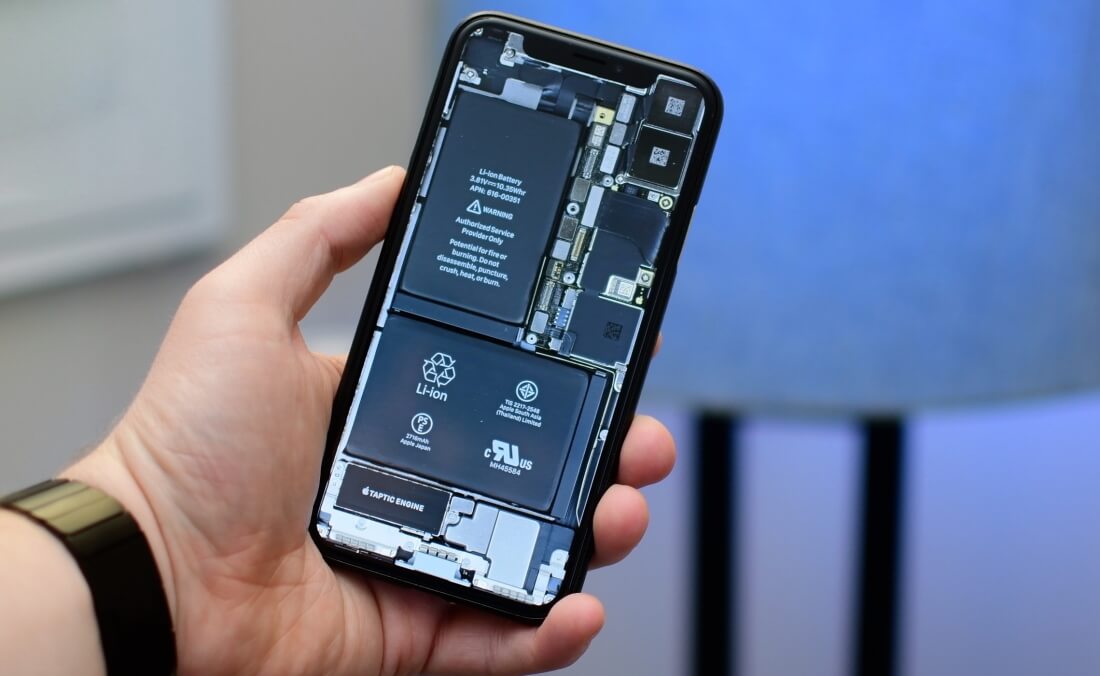Why it matters: You now have a lot more "official" places to go and repair your Apple products, but many people still depend on third-party repair shops to take care of their devices. A move to label these repairs as "not genuine" in iOS could be a stepping stone to locking people out of their devices in the future, just like it happened when people first tried to repair Touch ID on their iPhones. Furthermore, it could serve to build consumer distrust for such repairs, which would also help Apple's cause in fighting repair regulation.
Apple knows it doesn't have enough Genius Bars to support every one of its customers, which is why it has been expanding its partnerships with places like Best Buy to offer authorized repairs for people who live too far from an Apple Store. On the other hand, it has a financial incentive to refuse to sell parts to independent repair shops and keep its service fees high.
A new report from iFixit says the Cupertino giant has activated a "dormant software lock" that essentially prevents third-party battery replacements for the newest models of iPhone. While it doesn't stop you from taking a brand new battery and dropping it into your device, the Settings app in iOS 12 and 13 will display a "Service" status for it, which is typically indicative that your battery is worn out and needs to be replaced.
Installing a battery from another iPhone appears to have the same result - no access to any battery health information and messages that your battery couldn't be verified as "genuine". This has led iFixit to speculate that Apple may have intentionally designed this as a way of showing the middle finger to independent repair shops.
Naturally, someone investigated this issue more closely and found that Apple is using a Texas Instruments microcontroller that holds a unique authentication key for every battery that links it to the iPhone XS, XR, or XS Max where it is installed. The only two ways around that are to either go to an official Apple repair shop or do some careful micro welding to "transplant" the protection circuitry to the new battery, even if it's an original Apple one from another device.

Apple may argue this software lock is there for safety reasons, since we all know that lithium batteries have a tendency to catch fire when not handled correctly. However, iFixit believes this sets a dangerous precedent and drew comparison between Apple's implementation and the "Check Oil" light that can only be reset at a Ford dealership even if you manage to change the oil by yourself.
On a more positive note, a battery replacement will keep your device powered up, but you won't be able to know when it needs replacing or if it's still able to provide peak performance, and you'll be forced to use third party battery health apps like coconutBattery to get around these limitations.
This likely won't bode well with consumers as Apple already has a history of being less than transparent with a number of issues that have plagued its devices over the years. Many of you are likely familiar with the battery debacle where the company throttled old iPhones to supposedly keep them from shutting down, or the famous "Error 53" that greeted users who just replaced their phone display, only to find themselves unable to use their device.
Apple has been sending mixed messages when it comes to third-party repairs. Over the last few years, it's been part of lobbying groups fighting "Right to Repair" legislation in the U.S. and even demonstrated that they're willing to go to court to stop you from repairing your Apple device on your own. On the other hand, the company has shown some signs of relaxing its iPhone repair policies and becoming more consumer-friendly.
